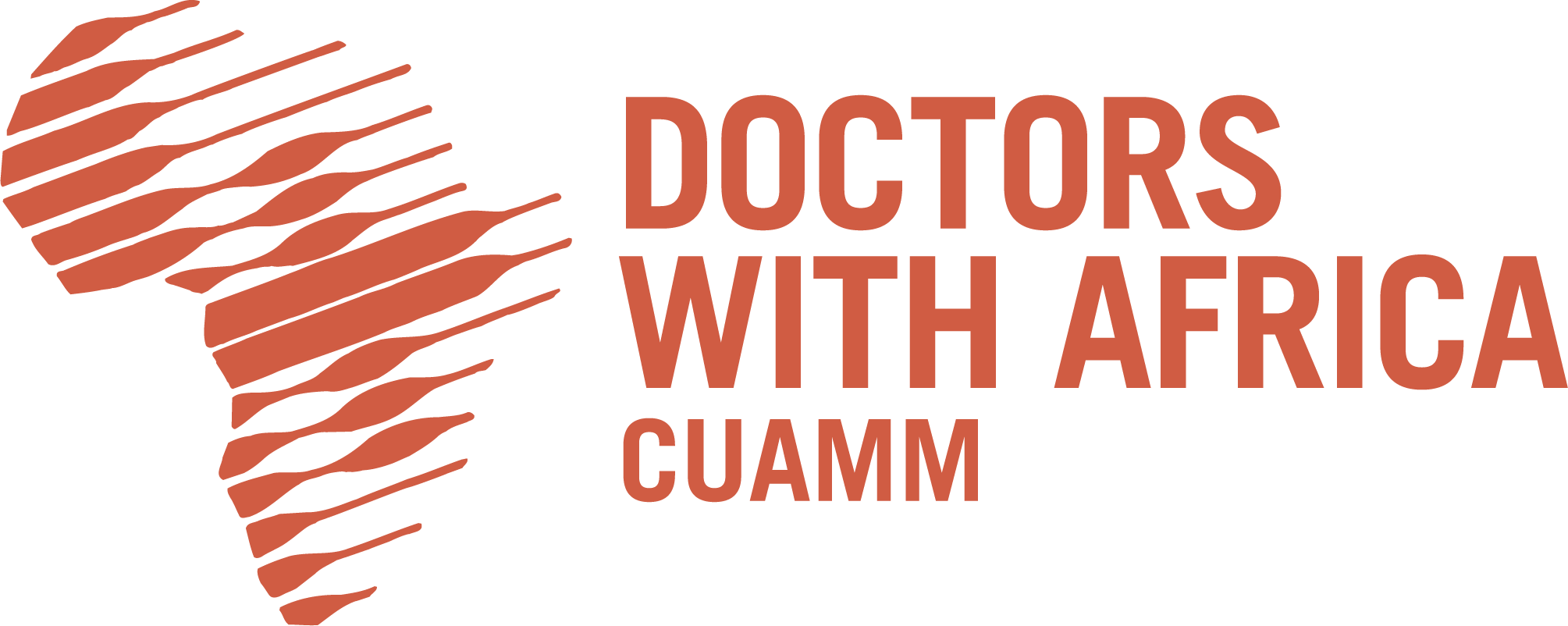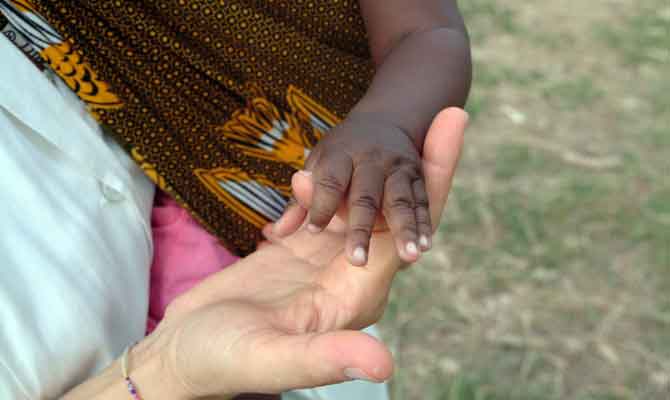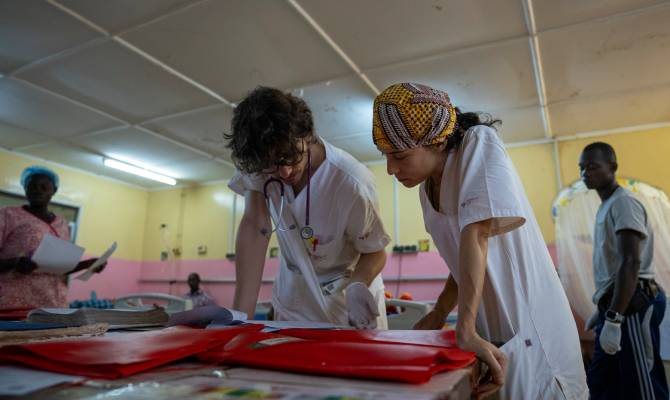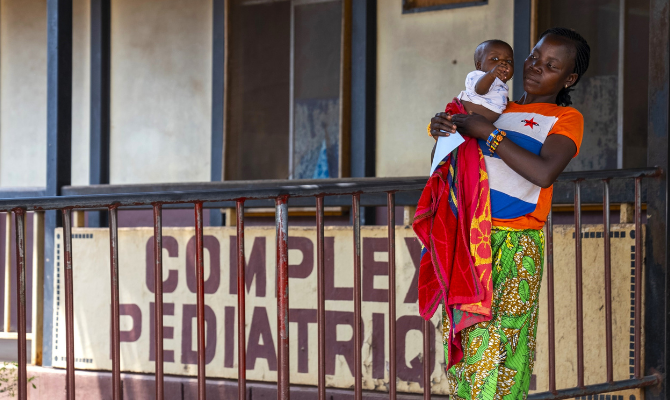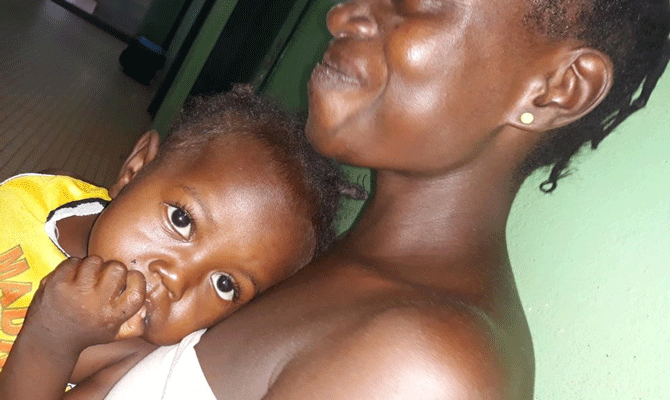“It’s a hot morning in the Intensive Care Unit of the University Children’s Hospital Complex in Bangui: hot because it hasn’t rained for two days and today the air conditioning seems to be acting up, hot because it’s a Monday and, as often happens on Mondays, a third of the eleven beds in the care of my colleague Baptistine and myself are occupied by new patients who have arrived at the Emergency Department in code red. I am also hot because Baptistine, who was on night duty yesterday, is not here today, and so I have to assess the patients together with the nurses, struggling with the little bit of Sango (the most widely spoken language in the Central African Republic) that I know to interact with the parents.
My colleague Saturnin appears on the doorstep of the large hall, and greets me in Italian (he did part of his specialisation school in Italy, thanks to a project of the Holy See), kind and smiling as always: ‘I would have a child to transfer to you’. I’m sorry, Saturnin, my room is full, and then here, you see, the children are all unstable, your child has no cardiac, respiratory or neurological instability, I can’t accept it… I’ll come by later to see him anyway. In the afternoon, once my little patients are settled, I go to the room where the child my colleague is asking us to transfer is. The child, who is actually a beautiful 5-year-old girl named Jaelle, is accompanied by a witty and cheerful young woman. Jaelle has fissured skin all over her body due to what we would later diagnose as “SSSS” (Staphylococcical Scalded Skin Syndrome), a disease I thought was relegated to the microbiology textbook of my third year of medical school. She’s in unimaginable pain, but the second she sees me coming, she freaks out like she’s seen a ghost and starts screaming her eyes out, “Mondjouuu” (“white”).
My attempt to explain to her through Saturnin that I will not harm her and that I am there to look after her is useless. It often happens that the children are afraid of me, seeing my skin so different from theirs: so as not to upset her, I quickly close the visit, we agree to move, we ask our logistician to place a mosquito net on her new bed to prevent insects from reaching her very fragile skin. In the days that followed, every time I came into the ICU, Jaelle screamed, telling me not to go near her and not to visit her. She suggested “stay away and give me kisses”, which was hilarious to the parents of the other patients and the nurses. We teach the mother to attend to her with gloves on, to wash her twice a day with sterile solutions, to feed her the most protein-rich foods to aid healing. We advise her to eat eggs, sardines, meat, but as we know, these are not things that an average Central African salary can buy every day. We then suggest giving her beans, or flour made from “makongo”, that is, dried caterpillars, the availability of which in the summer months is a cause for celebration throughout the country, as caterpillars are one of the few sources of protein accessible to almost all pockets. The indefatigable mother seems to be the only one who can keep the little one’s tantrums at bay, and Jaelle is getting better and better with her patient care (and our antibiotics).
On the eighth day of hospitalisation she calls to me, “Mondjou!”. She looks at me without being seen by others and shakily holds out her scarred little hand, which is slowly healing, in a gesture one makes to ask and greet people one thinks one can trust. His way of telling me that we can finally call a truce.
Testimony of Giulia Debertolis, JPO paediatrician in Bangui, Central African Republic
